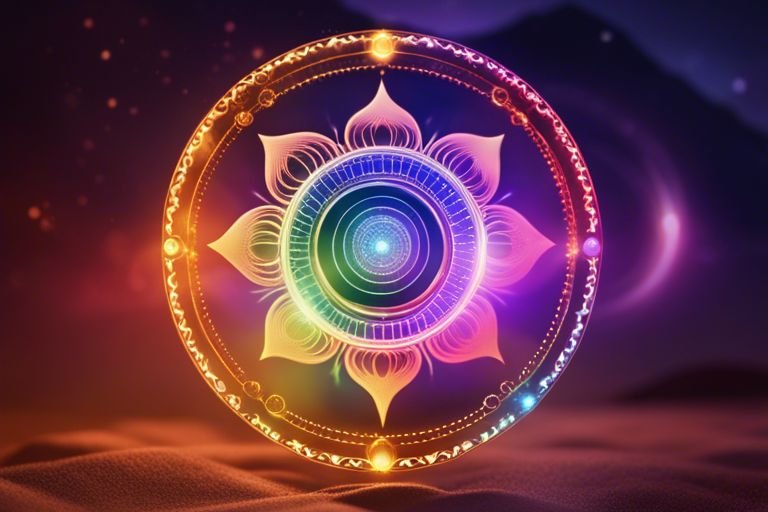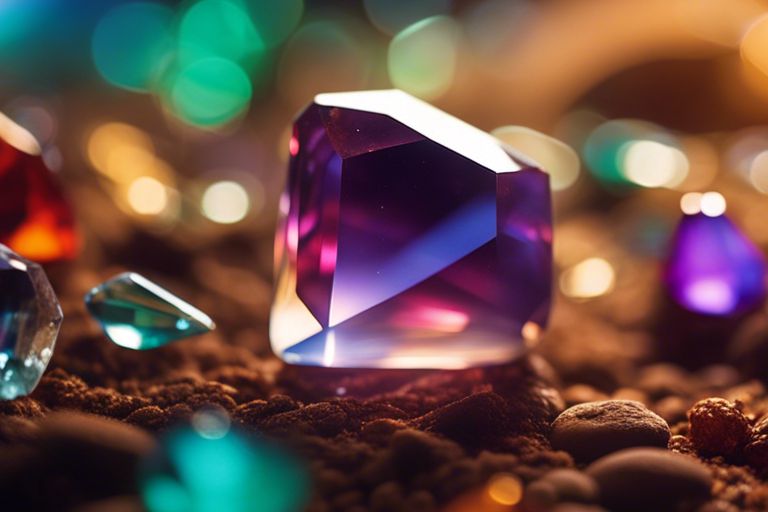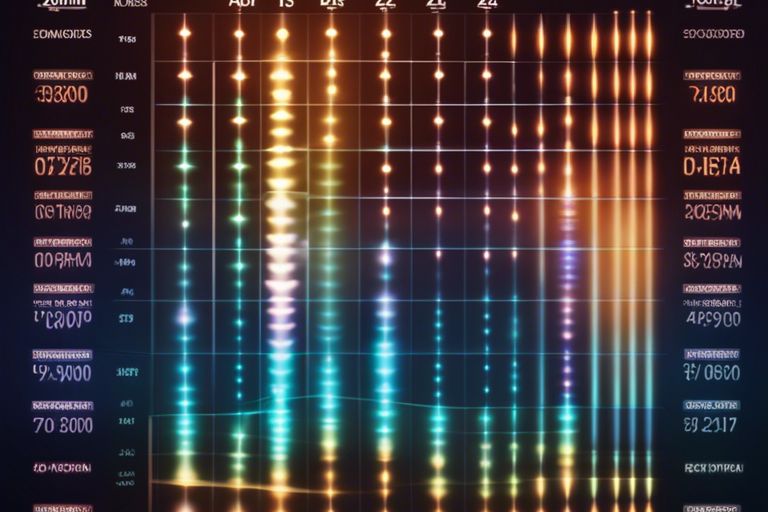What Are The Color Of Auras?
Most individuals go about their daily lives without giving much thought to the energy that surrounds them. Auras, however, are a fascinating topic that can offer insight into a person’s emotional, mental, and spiritual state. The colors of auras are believed to give clues about an individual’s personality, health, and overall well-being. In this blog post, we will explore the different colors of auras and what each hue may signify.
Key Takeaways:
- Auras can appear in various colors: Auras can be seen in a range of colors, each reflecting different emotions, personality traits, and energies of individuals.
- Color meanings can vary: The interpretation of aura colors can differ based on individual perception, cultural backgrounds, and spiritual beliefs.
- Understanding aura colors: Being aware of the colors in auras can help in gaining insights into one’s emotional, mental, and spiritual well-being, and enhance personal growth and self-awareness.
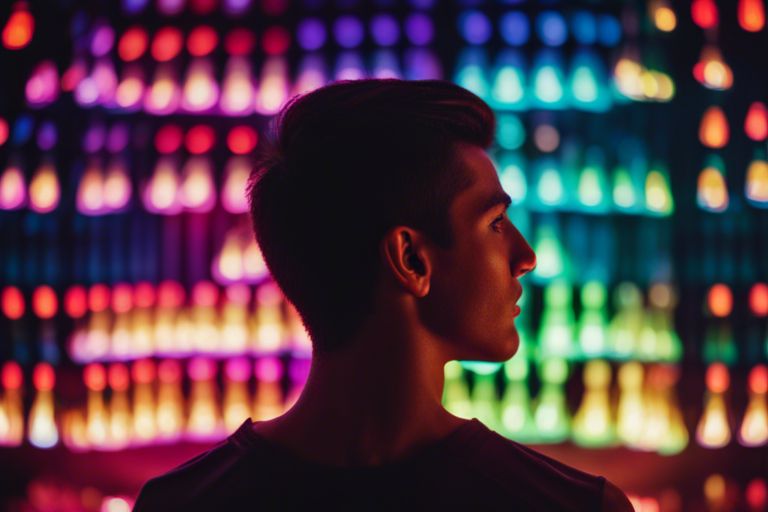
The Spectrum of Aura Colors
Some What Is Your Aura Color? believe that auras can be seen as a spectrum of colors, each representing different aspects of a person’s energy and personality. The colors of auras can change based on a person’s emotions, health, and spiritual development.
Red Auras and Their Meaning
For those with red auras, this color is often associated with passion, strength, and vitality. It can indicate a person who is energetic, driven, and determined. However, a red aura can also suggest anger, stress, or overactivity. It is necessary to balance the intensity of a red aura with calming practices like meditation or yoga to maintain equilibrium.
Orange Auras and Their Attributes
Any practitioner of aura reading will tell you that orange auras are linked to creativity, enthusiasm, and joy. People with orange auras are often seen as vibrant, sociable, and adventurous. This color can also indicate a need for stimulation and a desire for new experiences. Balancing an orange aura involves finding outlets for creativity and maintaining a sense of spontaneity and fun in life.
Auras can provide valuable insights into our emotions, behaviors, and overall well-being. By understanding the meanings and attributes of different aura colors, we can gain a deeper understanding of ourselves and others. Whether your aura is red, orange, or any other color, embracing its unique qualities can lead to personal growth and spiritual development.
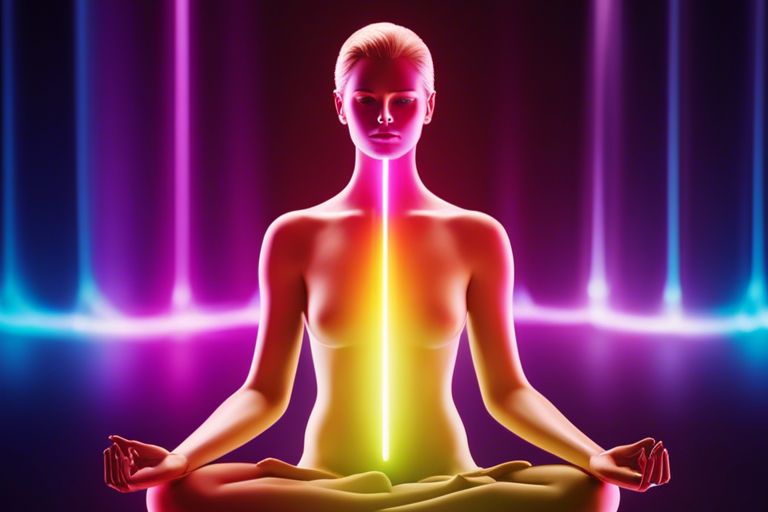
Exploring Further Aura Colors
Yellow Auras and Personal Power
The color yellow in an aura is often associated with personal power and intellect. Individuals with yellow auras are usually seen as confident, intelligent, and full of vitality. They have a natural ability to lead and inspire others, making them great influencers in their communities. People with yellow auras are often goal-oriented and have a strong sense of purpose in their lives.
Green Auras and Heart Energy
To understand the significance of green auras, we must focus on the heart chakra. Green auras represent harmony, balance, and compassion. Individuals with green auras are often very connected to nature and have a deep love for all living things. They are nurturing, empathetic, and have a strong desire to help others. People with green auras are known for their healing abilities and their calming presence.
Colors in auras can reveal a lot about a person’s personality, emotions, and energy levels. By exploring the different aura colors, we can gain a deeper understanding of ourselves and others. Each color has its own unique meaning and significance, providing valuable insights into our inner selves and helping us navigate the complexities of human relationships.
Higher Frequency Aura Colors
Blue Auras and Communication
All blue auras are associated with open and effective communication. Individuals with a blue aura tend to excel in expression, whether it be through verbal or written means. They are often seen as natural communicators, able to convey their thoughts and emotions clearly to others. If you encounter someone with a blue aura, rest assured that you can expect transparent and heartfelt communication from them.
Violet Auras and Spiritual Insight
For those with violet auras, they are known to possess deep spiritual insight and wisdom. Violet auras are often seen in individuals who have a strong connection to their intuition and are highly attuned to the spiritual dimensions of life. People with violet auras may have a natural inclination towards spiritual practices such as meditation, mindfulness, or energy healing.
For individuals with violet auras, their spiritual insight can be a guiding light in their lives, helping them make decisions that are aligned with their higher selves and spiritual purpose. They may also have a gift for understanding the deeper meaning behind events and relationships, offering profound insights to those around them.
Auras are fascinating energy fields that can provide valuable insights into an individual’s personality, emotions, and spiritual inclinations. By understanding the different colors and frequencies of auras, we can gain a deeper understanding of ourselves and others, fostering compassion and connection in our interactions.
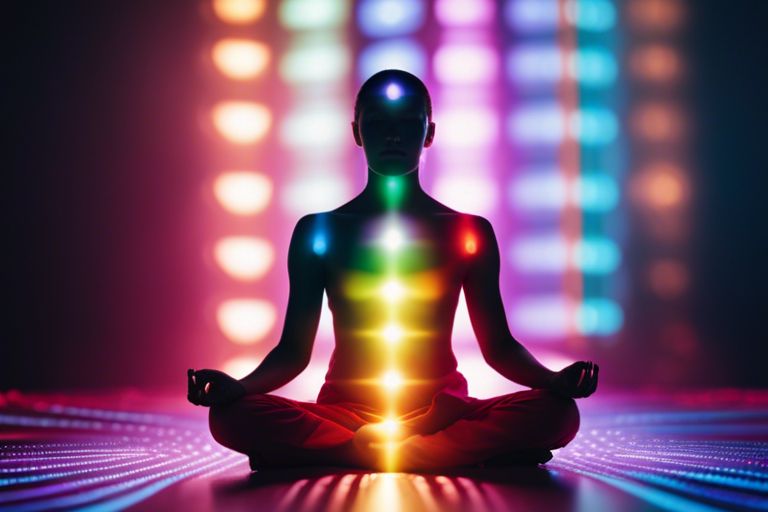
Interpreting Aura Colors
Factors Influencing Aura Colors
One of the main factors that influence the colors of an aura are a person’s emotions and energy levels. When someone is feeling happy and peaceful, their aura is likely to be bright and vibrant. Conversely, negative emotions such as anger or fear can lead to darker and more muddied colors in the aura. Additionally, a person’s physical health and spiritual practices can also affect the quality and brightness of their aura.
- Emotions and energy levels
- Physical health and spiritual practices
Assume that by understanding these factors, you can better interpret the colors of someone’s aura and gain insight into their emotional and physical well-being.
Common Misconceptions and Clarifications
To truly understand and interpret aura colors, it is important to address common misconceptions that may arise. One common misconception is that a person’s aura color is fixed and unchanging. This is not true; aura colors can shift and change based on a person’s emotional state and energy levels. Additionally, it is vital to remember that interpreting aura colors is not an exact science but rather a subjective practice that requires intuition and sensitivity.
Clarifications: The key is to approach aura reading with an open mind and a willingness to learn and grow in your understanding of the complex and fascinating world of auras.
Conclusion
Conclusively, auras can appear in a variety of colors, each representing different aspects of an individual’s emotional, physical, and spiritual state. Understanding the significance of these colors can provide valuable insights into a person’s overall well-being and help guide them towards greater self-awareness and personal growth. By recognizing and interpreting the colors of auras, one can foster a deeper connection with themselves and others, leading to a more balanced and harmonious life.
FAQ
Q: What are auras in relation to colors?
A: Auras are energy fields that surround living beings, and the color of an aura can indicate different emotions, traits, and states of being.
Q: What are the different colors of auras and their meanings?
A: The colors of auras can vary, but some common associations include red for passion and energy, orange for creativity and vitality, yellow for optimism and intellect, green for balance and harmony, blue for calmness and communication, indigo for intuition and spirituality, and violet for wisdom and enlightenment.
Q: How can one see or interpret the colors of auras?
A: Some individuals have the ability to see auras naturally, while others may need to practice and develop their skills. Tools such as meditation, focusing exercises, and aura photography can help in seeing and interpreting the colors of auras. It is important to remember that interpretation of aura colors can vary from person to person and context to context.



